Beryl

The Beryl Family: A Spectrum of Gemstone Beauty
Beryl is one of the most significant mineral groups in the gemstone world, encompassing a variety of highly sought-after stones. This family includes well-known gems like Emerald and Aquamarine, as well as several less common but equally captivating varieties.
The term "beryl" originates from the ancient Greek word "Beryllos," referring to precious stones, and is closely associated with the element beryllium, which is integral to its chemical structure.
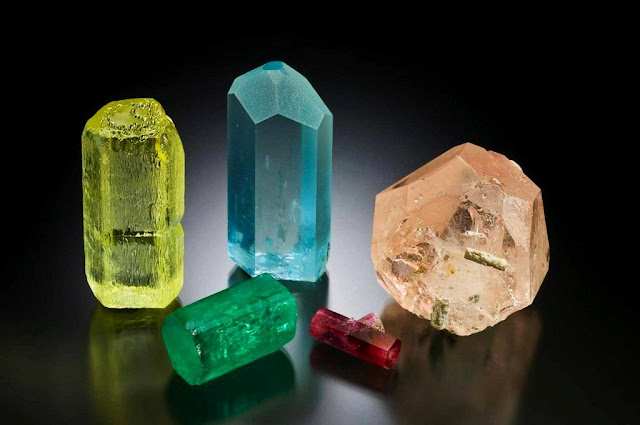
Varieties of Beryl: Emerald, Aquamarine, Morganite, Bixbite, and Heliodorl. Jeff Scovil photo
Chemical Composition and Physical Properties
Beryl is a beryllium aluminum cyclosilicate with the chemical formula Be₃Al₂Si₆O₁₈. It boasts a hardness of 7.5 to 8 on the Mohs scale, making it notably durable for jewelry. In its purest form, beryl is colorless, but the introduction of trace elements results in a spectrum of colors defining different beryl varieties.

Popular Varieties of Beryl
1. Emerald
- Color: Rich green, due to chromium or vanadium impurities.
- Significance: Perhaps the most famous beryl variety, emerald is prized for its vivid color and is often associated with luxury and romance. It's the birthstone for May and symbolizes the 20th and 35th wedding anniversaries.
- Properties: Emeralds often contain inclusions, which are sometimes referred to as "jardin" or "garden," adding to their unique character. They are valued for their depth of color rather than clarity.
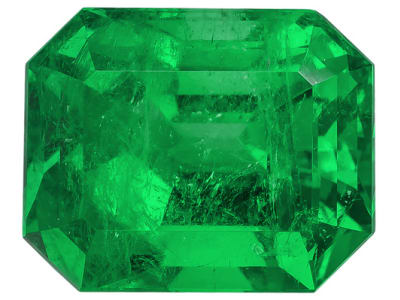
Surprisingly, emeralds are the most valuable of the beryl family, yet they contain the most imperfections and are the least transparent. However, emeralds are renowned for their unique deep green color caused by the element chromium, but sometimes also vanadium.
Source: Columbia is the most famous source of emeralds, but significant deposits are also found in Brazil, Zimbabwe, Afghanistan, Russia, Madagascar, Nigeria, Tanzania, and Zambia.
2. Aquamarine
The second most well-known type of beryl is Aquamarine, with its delicate light blue color reminiscent of the tranquility of the ocean. The name Aquamarine comes from the Latin Aqua-marine meaning "seawater".
- Color: From a very light, almost transparent blue to a deeper, more vibrant blue-green, due to the presence of iron in the beryl crystal structure.
- Significance: It's the birthstone for March and symbolizes the 19th wedding anniversary.
- Properties: Like all beryls, aquamarines can have inclusions, but they are often less prominent than in emeralds, contributing to the gem's clarity.

Aquamarine can be cut in a variety of standard shapes.
Source: Previously, sources of Aquamarine mining included: Madagascar, Russia, and Sri Lanka. Today, the largest Aquamarine mines are exploited in: Brazil, Tanzania, Kenya, Mozambique, Nigeria, and Madagascar. More recently, beautiful Aquamarine crystals have been found in Pakistan and Afghanistan, promising future mining potential in the region.
In Vietnam, Aquamarine is found in Luc Yen (Yen Bai), Quy Chau (Nghe An), Thuong Xuan (Thanh Hoa), Nguyen Binh (Cao Bang), Thanh Son (Phu Tho), La Vi mine in Ba To (Quang Ngai).

Aquamarine Crystals from Xuân Lẹ, Thường Xuân, Thanh Hóa, Việt Nam. Photo: Mindat
3. Morganite
- Color: Ranges from pale pink to peach or purplish pink, colored by manganese.
- Significance: Named after J.P. Morgan, this gem has gained popularity for its romantic pink hues, making it a favorite for engagement rings and other romantic jewelry. It's associated with love, compassion, and emotional healing.
- Properties: Morganite often shows good clarity and can occur in sizable crystals, making it more accessible for larger pieces of jewelry.
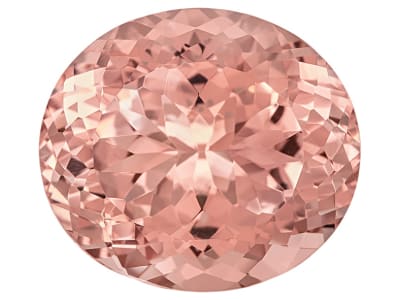
The delicate color of Morganite comes from the manganese ion Mn2+. Morganite exhibits a color range from pink to orange-pink.
Untreated Morganite often has a strong orange color component, creating a salmon color. Strong colors of morganite are very rare and gemstones are often large to achieve the best color.
This gemstone can be heat treated to remove yellow color patches and sometimes treated by irradiation to improve color.
Source: The most well-known Morganite mines are in Afghanistan and Brazil.
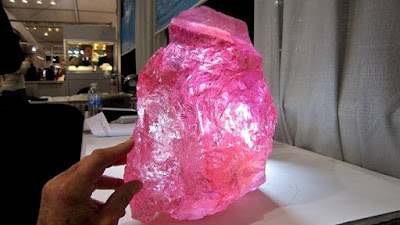
This is a large specimen of Morganite. Photo: Jewelry Television
4. Green Beryl
- Color: A lighter green compared to emerald, caused by iron rather than chromium or vanadium.
- Significance: Green beryl is less intense in color and thus less valuable than Emerald but is still appreciated for its beauty and affordability.
- Properties: It tends to be more transparent than Emerald, often used as a more accessible alternative.

Green Beryl vs. Emerald Tones
Source: Green Beryl is mined in Brazil, Zimbabwe, and Australia.
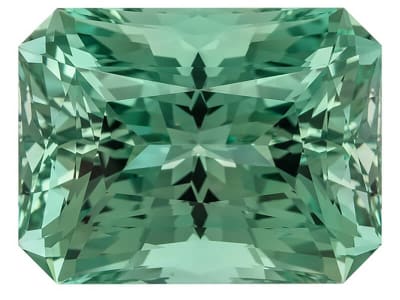
5. Maxixe Beryl & Maxixe-type Beryl
- Color: Intense blue, often compared to the color of the sea; however, this color is unstable and fades with exposure to light.
- Significance: Although beautiful, Maxixe's color instability makes it less valuable for jewelry. It's more of interest to collectors and scientists.
- Properties: Requires special storage away from light to maintain its color.
Source: These gemstones were first found in 1917 in Minas Gerais, Brazil. Maxixe Beryl has also been found in Madagascar.
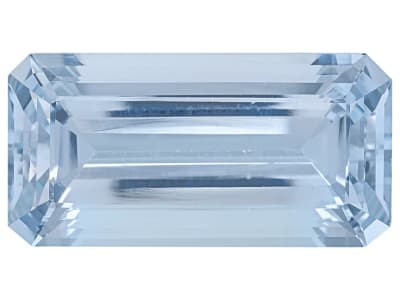
Its color fades to white when exposed to sunlight or heat treatment, although the color will return with irradiation.

Natural Maxixe Blue Beryl
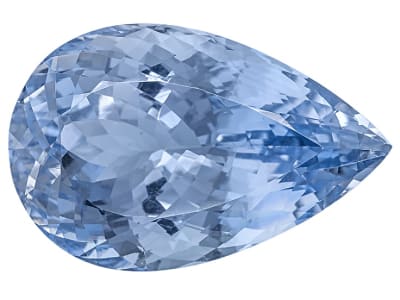
6. Goshenite - Colorless Beryl
- Color: Colorless, representing the purest form of beryl without color-causing impurities.
- Significance: Named after Goshen, Massachusetts, where it was first discovered. Although less popular due to its lack of color, it's used as a diamond substitute in some jewelry and is appreciated for its clarity.
- Properties: Its transparency makes it ideal for showcasing the brilliance of a gemstone cut.
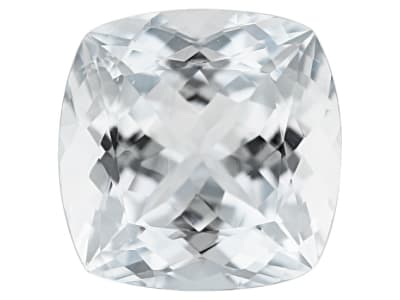
Goshenite can be given yellow, green, pink, blue, and intermediate colors by irradiation with high-energy particles. The gemstone value of Goshenite is relatively low and is rarely seen in jewelry for two reasons:
- Goshenite lacks attractive colors such as the green of Emerald, or the blue of Aquamarine.
- Goshenite does not have the brilliance, luster, or "fire" comparable to other colorless gemstones such as Diamond, Colorless Sapphire, Colorless Topaz, and Colorless Zircon.
Source: Important Goshenite mines include Minas Gerais in Brazil, the Ural Mountains in Russia, areas near Dassu in Pakistan, and areas near Ampangabe in Madagascar. In the United States, Goshenite has been found in many locations: New England, southern California, and the Rocky Mountains.
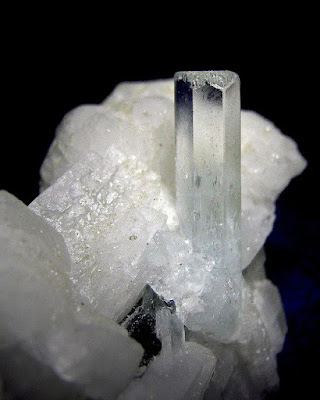
Goshenite Beryl Pakistan.
7. Heliodor - Golden Beryl
- Color: Yellow to greenish-yellow or gold, due to iron (Fe3+) impurities.
- Significance: Heliodor, from the Greek for "gift of the sun," symbolizes warmth, vitality, and optimism. It's less known but valued for its sunny color.
- Properties: It's typically transparent with few inclusions, allowing for bright, clear gemstones.
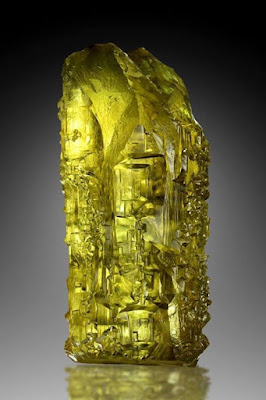
Gorgeous shining Heliodor from Volodarsk-Volynskii, Ukraine. Credit: © DI Anton Watzl
Source: In 1913, the first significant golden beryl mine was discovered in Namibia by a German mining company. The discovered gemstone was named Heliodor, a word derived from the Greek meaning 'gift from the sun'.
Lucas von Cranach, one of the most prestigious jewelry designers of the time, was asked to create an exquisite set of jewelry for the last German Emperor and King of Prussia, Kaiser Wilhelm II. It was because of this wonderful exposure that golden beryl became famous as a precious gem. However, immediately after the war, Heliodor was almost completely forgotten. One of the world's largest faceted golden beryls is a flawless, golden yellow beryl weighing 2,054 carats. The exquisite gemstone is currently on display at the "Hall of Gems" in Washington D.C., located within the Smithsonian Institution.
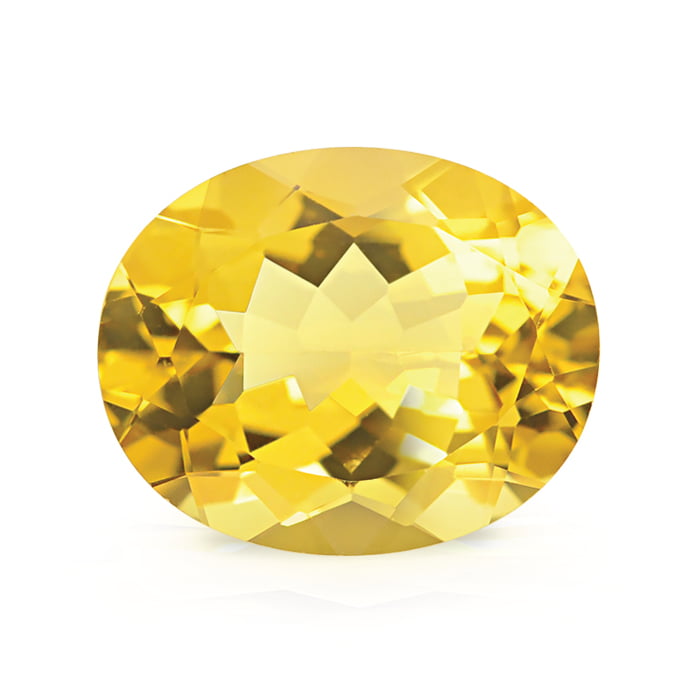
Brazilian Golden Beryl hails from the famous Xia Mine in the Brazilian state of Minas Gerais
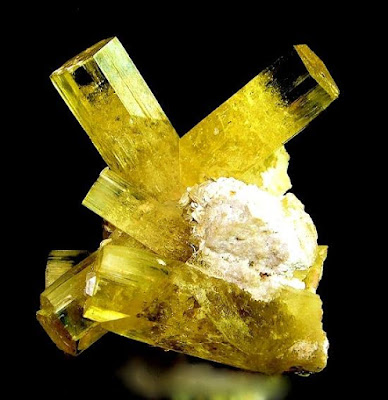
Dramatic twin GOLDEN Beryl with rich color. From Zelatoya Vada Mine, Tajikistan. Credit: Matthew Potts
In Vietnam, Heliodor is found in Ninh Thuan.
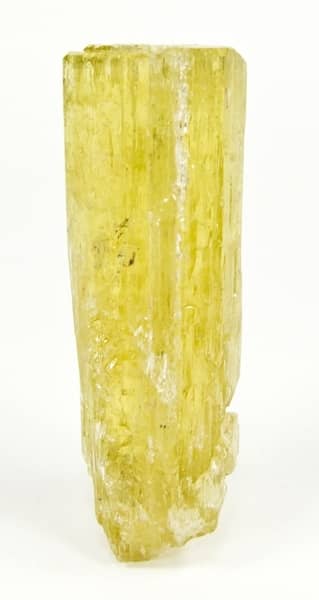
Heliodor crystal from Ninh Thuận, Việt Nam. Photo: Mindat
8. Red Beryl - Bixbite
Red Beryl, with the trade name Bixbite, is an extremely rare variety of beryl that is red due to trace amounts of manganese. Bixbite is named after its first discoverer Maynard Bixby at the Thomas Range, Juab County, Utah, USA in 1904.
- Color: A deep, saturated red, caused by manganese impurities.
- Significance: One of the rarest gemstones on Earth, red beryl is far more scarce than emerald. Its rarity and striking color make it highly sought after by collectors.
- Properties: Found only in very small quantities, mainly in Utah, USA. Due to its rarity, red beryl is often smaller in size and commands a high price per carat

Source: Worldwide, crystals suitable for gemstone faceting have only been found in one location, the Ruby-Violet Mine in the Wah Wah Mountains of Beaver County, Utah, USA. The Utah Geological Survey estimates that 1 red beryl crystal is found for every 150,000 gem-quality Diamonds found.
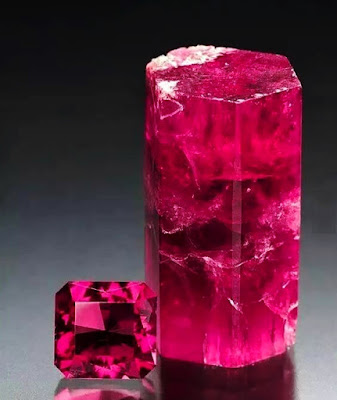
Red Beryl Crystal-Gemstone, from Wah Wah Mountains Beaver

Red Beryl Crystals from Utah. Credit: Treasure Mountain Mining
9. Cat's Eye Beryl - Chatoyant Beryl
Beryl sometimes contains a fine silky structure that creates the cat's eye optical effect - the Cat's eye, stars, and light rays in unique beryl. Emerald, Aquamarine, and Golden Beryl have the potential to find stones with the highest Cat's eye optical effect.
- Color: Varies, but the effect comes from inclusions creating a cat's eye or star effect.
- Significance: The chatoyancy adds a unique optical phenomenon to beryl varieties.
- Properties: The cat's eye or star effect is seen when cut en cabochon, enhancing the gem's appeal.
- Sources: Noted in various locations where beryl is mined, with specific effects seen in stones from Brazil.
Source: Ilmenite inclusions in pale green Aquamarine mined from Gouvernador Valadares, Brazil create a brown color for the stone and cause a metallic sheen effect. When a Cat's eye Aquamarine is faceted cabochon, it will create a star effect - star effect.
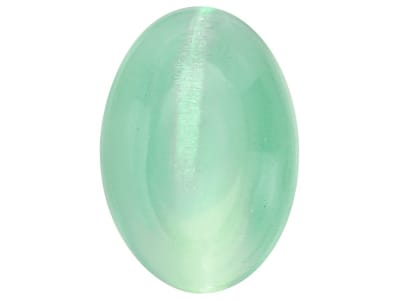
The Cat's Eye Beryl
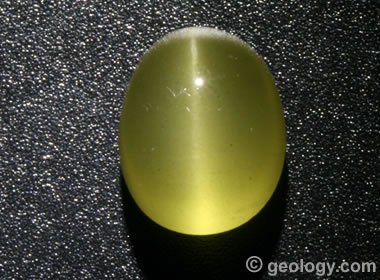
The Cat's Eye Golden Beryl

Six rayed Star Emerald – Photo courtesy of GIA educational materials
Each variety of beryl is unique due to its chemical composition, the presence of trace elements, and the conditions under which it forms, making beryl one of the most fascinating minerals in the gemstone world.
Source:
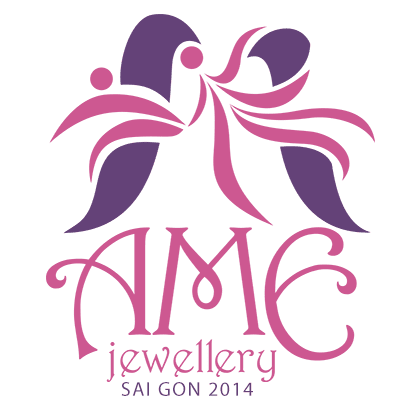
Leave a comment